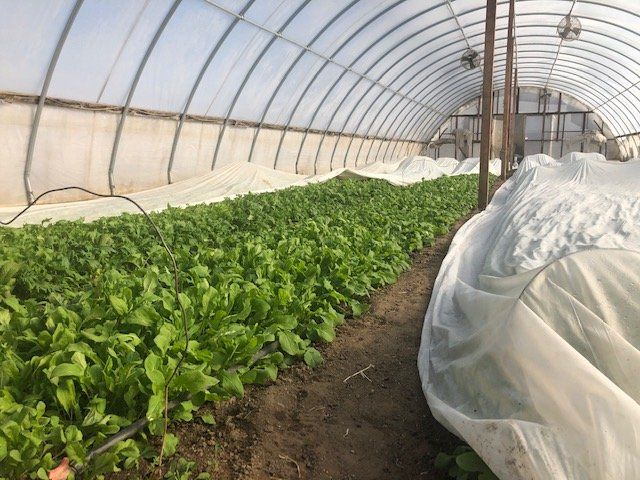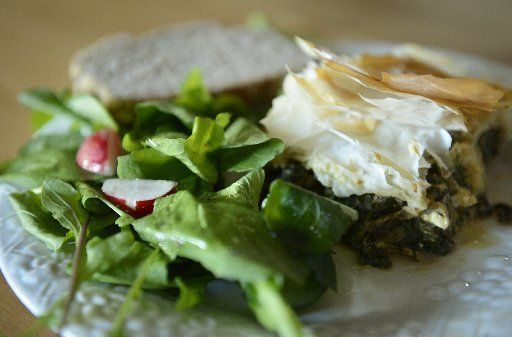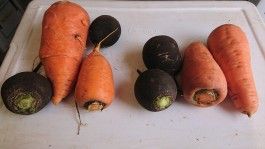This is the last share. If you would like to stock up on some extra items to store through some of the winter, here are a few tips for storing roots. We do hope to open our online store and/or Farm Stand for a pop-up day sometime this winter (think Spinach, roots, and winter squash...) and will send out an email to announce. As things go, our current two software systems have not been able to combine email lists yet, so if you haven't received emails previously about our farm stand and online store, please let us know if you would like to be added to that email list.
Clean up your roots for longer storage.... The photo above shows your typical roots on the left (carrot and Black Spanish radish-notes on this spectacular radish below) and on the right, roots that have been cleaned up for longer storage. Gently rub the veggie with an abrasive cloth (like loofa, burlap, or veggie scrubber) to remove all the little side roots (don't scrub too hard- you don't want to remove skin). Trim off the long tail at the bottom. Gently and carefully dig out any green parts on the top where the green part of the plant grew (best to use a butter knife). These steps will deter the growth of bad spots that can spoil the veggie and sometimes the veggies next to it. All types of winter radish, carrot, rutabaga, celeriac, turnip, beet, and parsnip can all be cleaned up similarly and YES they all need stored in the fridge. They can be stored for 2-3 months. The longer you store them, some may develop some little white roots at the bottom and sides and the tops may start to grow some green leafy parts again. You can simply repeat the steps I have offered to deter such growth and continue storage. If you find a bad spot or a little bit of mold, just cut that part off and rinse off along with nearby veggies. Refrigeration is needed in order to maintain a consistent cool temperature (35-39 degrees). It is pretty hard to replicate that consistency elsewhere in the home, but it can be done for short periods (maybe a cooler in an insulated garage covered with a blanket, but you have to be very careful that they don't freeze or get too warm for a period of time). Winter squash prefers 45-55 degrees of consistent temperature. Potatoes prefer a dark 40-50 degrees with some humidity. Onions prefer 40-50 degrees dry and dark.
Black Spanish Radish is in the week's CSA share. This stunning radish with black skin and white flesh is a SUPERFOOD. You can buy supplements in the vitamin section made of this radish for immune support, but why not just eat the radish in Mother Nature's beautiful form?! Eat it raw in salad for a wonderful crisp flavor. Or, my favorite is to roast chopped black radish along with other root veggies.
A quote about radishes from Life Changing Foods by Anthony William (who spearheaded the whole healing with celery juice interest):
"Radishes are an immune system replenisher. When consumed, the sulfur in radishes repels any type of pathogen and acts as a wormicide to kill off intestinal worms and other parasites. The organosulfides in radishes also keeps arteries and veins clean.....Radishes are an incredible heart food, excellent for helping to prevent heart disease and other cardiovascular issues, in part by increasing good cholesterol and lowering bad cholesterol. Meanwhile the skin of the radish repels virtually every type of cancer.... Black radishes are the most powerful variety. “
Thank you so very much for your membership with us this year!!! We love growing good food for you!




